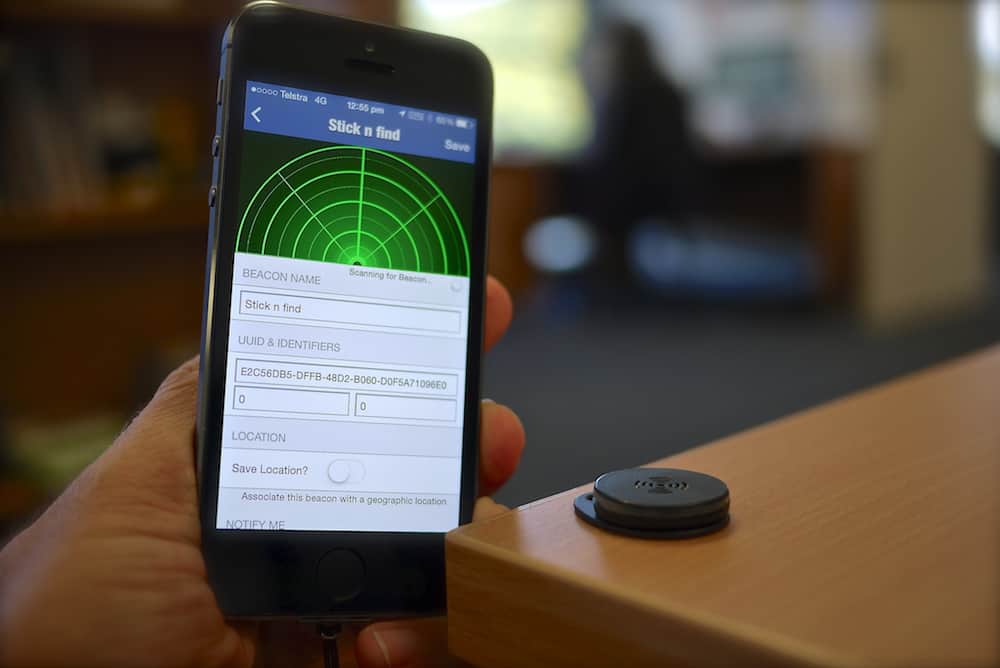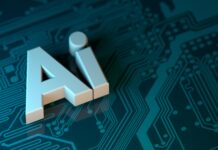
We’ve discussed data privacy laws and data security in-depth. Recent discussions on attendee tracking have them back in the spotlight.
Attendee tracking has become easier with the advent of meeting apps and digitized attendance bracelets, lanyards and badges, especially at large-scale events. In addition to conducting quick check-ins, planners are using these technologies to collect data on the attendee experience as data is called upon to prove (or disprove) the value of your event to suppliers, sponsors and attendees.
If you’re new to attendee tracking, you’ll first want to figure out what data you need to track, e.g., sales, attendance at specific events or interactions among attendees. And as the ethics of data collection continue to be of concern to all in and outside the meetings industry, transparency on how and why data is collected, as well as distributed terms should be clearly communicated to attendees and suppliers with buy-in on both sides of the equation. Once you have a clear plan in place, here are three tools for kick-starting the process of attendee tracking:
Radio Frequency Identification
Radio frequency identification, aka RFID, refers to wireless technologies that create communication between a tag and a reader—and the tags can easily be integrated into an attendee wristband, lanyard or badge. The name of the game for RFID is speed because it can help track attendance of mass volumes of people who are moving quickly. More recently, planners have used the technology to process payments, in which attendees use their band to pay for goods throughout the event.
Beacons
Beacons are small wireless devices that use “proximity technology” that essentially can broadcast data to a nearby device, such as a wristband smartphone. It’s also helpful in tracking attendees as they move throughout the space at an event, and can be more accurate when determining what presentations they attend and, better yet, what supplier booths they visit. It can also communicate with attendees if they’re in range of the beacon, making it easy for planners to use it for polling, promoting and even advertising.
Apps
Like beacon technology, apps can provide easy attendance tracking tools via smartphones. Especially if your event has its own app, you can use these tools to drive sales by sending out promos, coupons and sponsor adds when an attendee’s in close proximity to, say, a retail outlet at your event.
What are your thoughts on attendee tracking at large-scale events?








